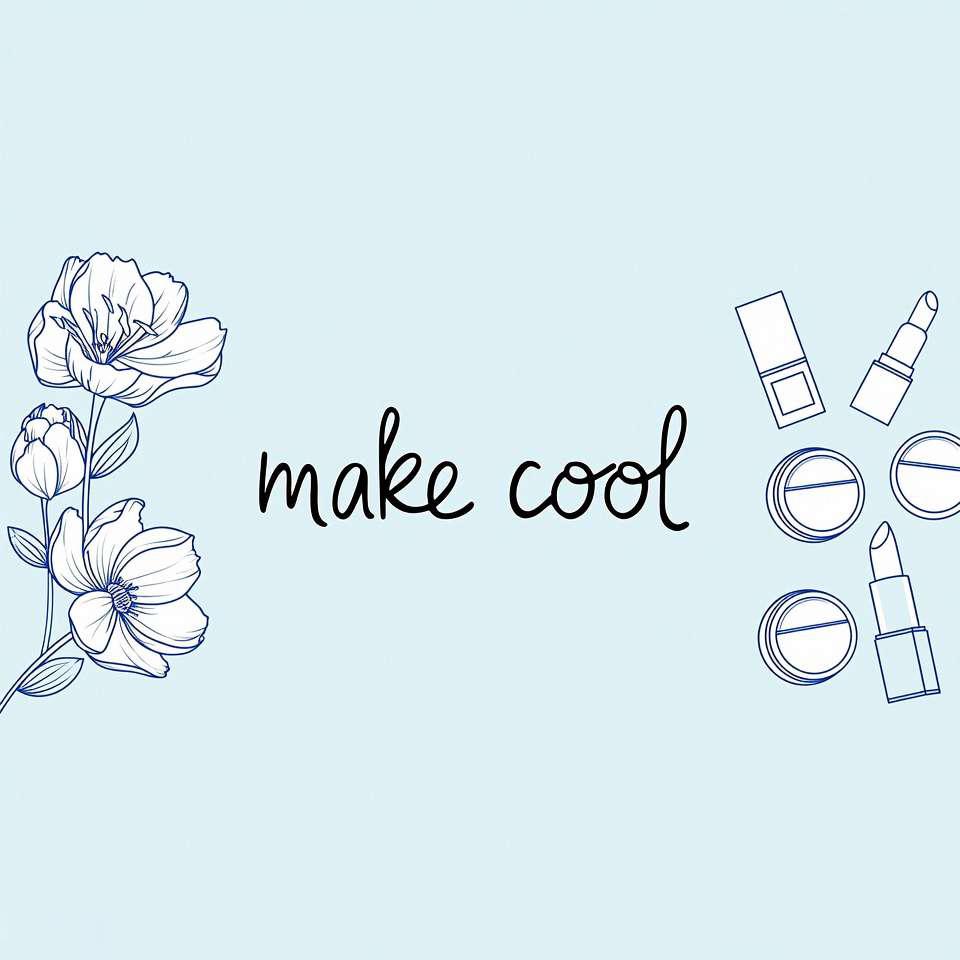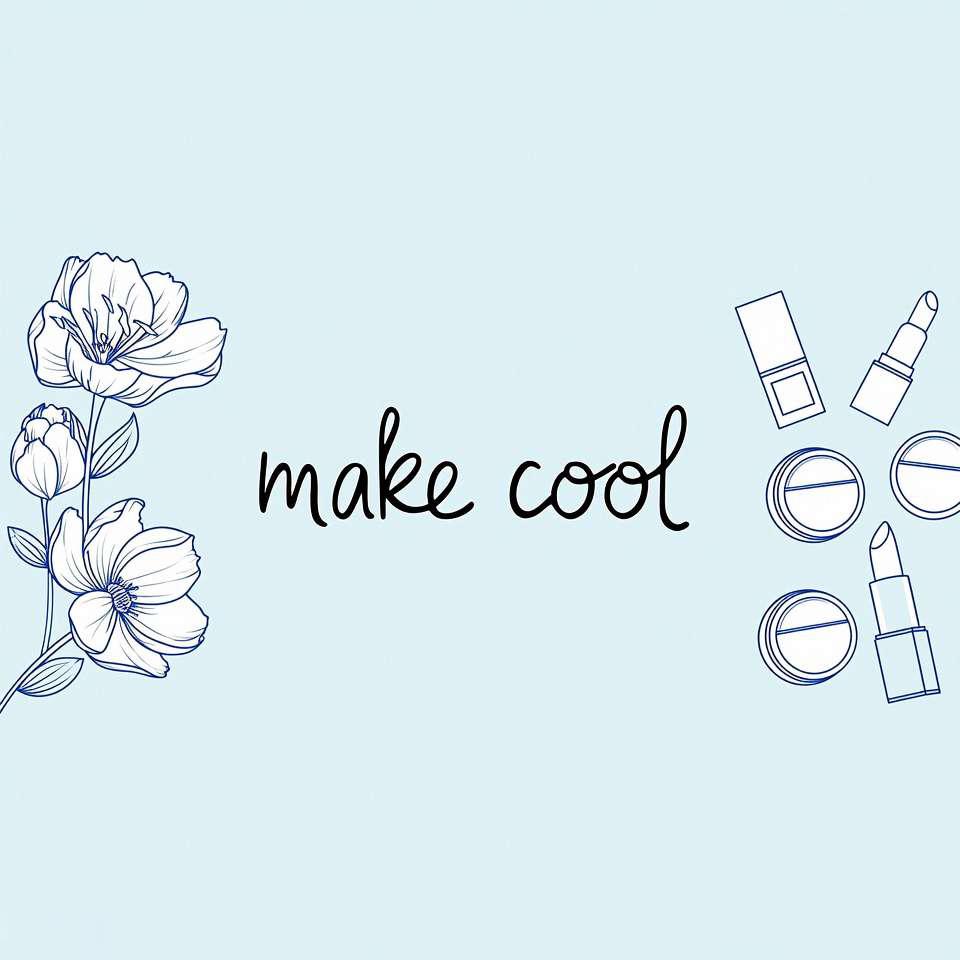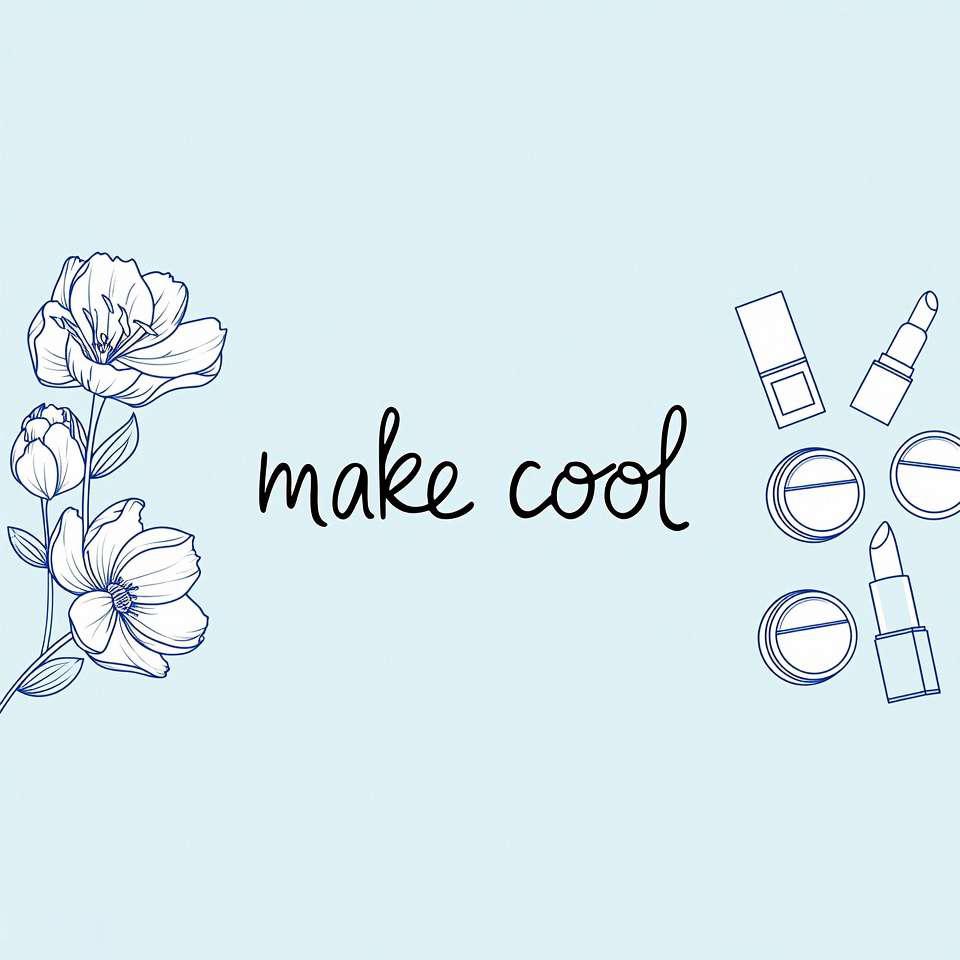Microneedling has been touted as a miracle cure for many different skin issues, but can it also help with hair loss? Hair loss experts discovered that the underlying repair process could also be applied to the scalp for hair loss. Microneedling is now growing in popularity as a method for stimulating hair growth, promoting healthier hair and ultimately treating hair loss, but the question remains: does it actually work?
To understand whether microneedling is effective for hair loss, we first need to understand how hair growths. Hair growth relies on the structure and function of hair follicles. Hair follicles are composed of multiple cell types, including stem cells, dermal papilla cells, and outer root sheath cells. These cells work together to create a healthy hair follicle.
Microneedling works by stimulating the production of collagen and elastin, which are essential for healthy hair growth. The needles used during the procedure create small punctures in the skin, which activates the body's natural healing response. The body responds by producing collagen and elastin, which help to strengthen the hair follicles.

In addition to promoting the production of collagen and elastin, microneedling also increases blood flow and oxygenation to the scalp. This helps to nourish the hair follicles and promote healthy hair growth. The increased blood flow also ensures that essential nutrients and vitamins are delivered to the hair follicles, which they need to grow strong and healthy. Microneedling treatment also increases the absorption of topical treatments by creating lots of mini-channels in the scalp. A combination of microneedling with adjuvant treatment, such as topical minoxidil, can work better in promoting hair growth and treating hair loss.
One of the main benefits of microneedling is that is can also help to increase the uptake of other hair regeneration treatments. By breaking, the top layer of skin, this can increase the absorption rate of treatments. Microneedling helps to stimulate hair growth by promoting the production of collagen and elastin, which strengthens the hair follicles. If you're considering other hair loss treatments to bolster and thicken your hair follicles, then it may be wise to consider microneedling as well!
It is non-invasive, meaning that no surgical incisions are required, and it does not require significant downtime. Recovery time is minimal, and patients can typically return to their normal activities within a few days.
Microneedling increases blood flow and oxygenation to the scalp, which helps to improve scalp health and promote healthy hair growth.
Microneedling is also effective for many different types of hair loss, including pattern baldness and thinning hair. The treatment can help to reverse or slow down hair loss, improve hair thickness and volume, and increase overall hair health.
Microneedling is a safe procedure when performed by a trained professional. While some studies provide some evidence that microneedling can be effective for certain types of hair loss, more research is needed to fully understand its potential benefits. It is also important to note that microneedling is not a cure for hair loss and may not be effective for everyone.

Even though it is minimally invasive, there are still some risks to be aware of with microneedling. Most people will experience some level of redness, discomfort and swelling from the wound areas on the scalp. Because of this scalp sensitivity, avoiding direct sunlight for a day or two after the procedure is often advised. If not cleaned properly, there’s also a risk of infection.
There is also a small risk of scarring, particularly when using a dermaroller device because the needles can enter at an angle, causing a “tearing” effect on the scalp. This can also cause excessive hair shedding by damaging hair follicles- not the result you want
Generally, side effects are most likely to occur when combining with other treatments. Specifically when using microneedling with Minoxidil, as minoxidil can sometimes cause irritation and itchiness, microneedling may exacerbate these symptoms. So, if you think you may be allergic to minoxidil or other hair loss treatments, you should definitely seek professional medical advice before you begin a treatment.
Some people may experience allergic reactions to local anaesthetic agents; if you suffer with Eczema, Diabetes, or take blood thinners, then it would definitely be wise to contact your doctor or gp. According to the British College of Aesthetic Medicine, you should also mention if you have any scarring conditions, take blood thinners or have any existing medical conditions as this might affect whether they are happy to go ahead with the procedure.
Overall, microneedling is a low-risk procedure and serious reported side effects are rare.
Can I do microneedling at home?How often should I use microneedling treatment?
Inresearch studies, the frequency of microneedling treatment for hair loss ranges from weekly microneedling sessions up to around once every two months. As a general rule, you must allow enough time for wound healing between treatments to reduce the risk of scarring. For most people, a weekly microneedling procedure would be too much to begin with but might be possible after getting used to the treatments.
Can I do microneedling at home?
Whilst it is possible to buy at-home microneedling devices, it's best to consult a professional or dermatologist to determine if it is the right option for you. They can assess your individual needs and provide recommendations based on your specific situation, helping you to make an informed decision about your hair loss treatment options.

Can microneedling regrow hair?
In short yes microneedling can help to regrow hair. It does this by:
Stimulation of Hair Follicles: Microneedling creates micro-injuries in the scalp, which can trigger the body's natural wound healing response. This process is believed to stimulate the production of growth factors and cytokines that promote hair follicle health and encourage hair regrowth.
Improved Blood Circulation: The micro-injuries from microneedling can also lead to increased blood circulation in the scalp. Improved blood flow can provide hair follicles with more nutrients and oxygen, potentially supporting hair growth.
Enhanced Absorption of Topical Treatments: Microneedling can enhance the absorption of topical treatments, such as minoxidil or topical hair growth products. By creating tiny channels in the scalp, these products may penetrate more effectively, potentially enhancing their effectiveness.
Is microneedling painful?
The level of pain or discomfort experienced during microneedling can vary from person to person and may depend on several factors, including individual pain tolerance, the depth of the microneedling, and the use of numbing creams.
There's hope if you're dealing with thinning locks. Microneedling is still a relatively new hair loss treatment, and research is ongoing to measure its effectiveness when used independently. Until more formal studies have been conducted, we cannot say how truly effective it is or can be. That said, some studies have shown promising microneedling for hair loss results when used in tandem with other treatments, like topical Minoxidil. While microneedling may be helpful for some, it may not be the best option for everyone. It is important to speak to a healthcare professional to determine the underlying cause and explore your treatment options.